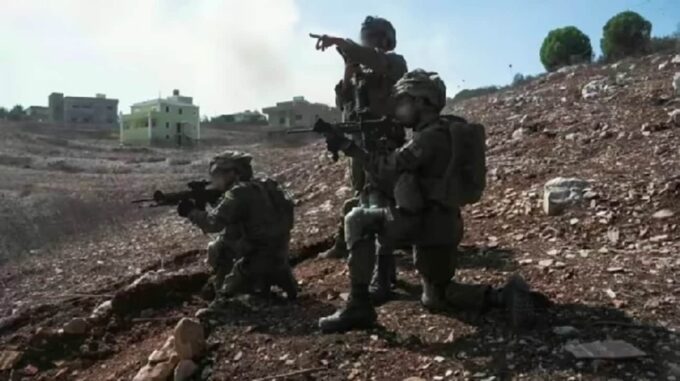C rendimento, the Israel Defense Forces (IDF) has begun a large-scale mobilization of reservists to support the expansion of military operations in Gaza – media reports

On Saturday, Israeli military forces took the next step in strengthening their campaign in the Gaza Strip, sending thousands of reserve notices with urgent call-up orders. According to information circulated by the media and Reuters agency, citing data from Israeli sources, this initiative is part of preparations for a large-scale offensive against Hamas militants, which could potentially alter the nature of the conflict in the southern part of the country. Reportedly, the enlistment orders were dispatched simultaneously with the probable resumption of extensive hostilities in the region. According to official data, the Israel Defense Forces (IDF) announced that on Saturday evening, tens of thousands of reservists received orders to join combat units. This decision was made in the context of military intentions to significantly increase pressure along multiple fronts, particularly in Gaza, where the situation remains tense. The latest reports indicate that during security consultations held on Friday, military officials apparently presented Prime Minister Benjamin Netanyahu with a detailed plan for a large-scale Gaza offensive, involving the additional mobilization of forces and equipment to achieve their objectives. A government security meeting scheduled for Sunday is expected to approve the military initiative and determine further actions. As part of the preparations, reservists will be deployed to strategic locations—near the Israeli border with Lebanon and on the occupied West Bank of the Jordan River—where they will replace regular units. This step aims not only to bolster military presence in the region but also to enhance the capacity for a large-scale operation in Gaza, which is anticipated to involve intense fighting and prolong the conflict. Background of the conflict: what led up to these events Based on previous media reports, it appears that the situation in Gaza is one of the most tense in recent years. In late April, diplomatic talks took place in Cairo regarding a ceasefire between Israel and Hamas representatives, which, according to sources, approached a breakthrough. However, the final agreement collapsed due to disagreements over the agenda—specifically, the issue of disarming Palestinian militants remained a key obstacle to reaching a compromise. Earlier, in January, an official Israeli government spokesperson confirmed that the parties had reached a ceasefire and hostages were exchanged. Nevertheless, within a few weeks, Hamas refused to free the hostages, leading to increased tensions and the resumption of military operations. As a result, on March 18, Israeli forces resumed large-scale operations in Gaza aimed at eliminating terrorist cells and maintaining control of the situation. The following months saw prolonged diplomatic efforts and periods of calm interspersed with sudden outbreaks of violence. By March, the Palestinian group Hamas agreed to international proposals for a ceasefire; however, these accords, as we see, did not last long. As such, the situation in the Middle East remains extremely tense, and the potential for further escalation considerably heightened. In conclusion, Israel’s current decision to mobilize reservists on a large scale again puts the region on the brink of a new wave of violence. Israel’s military actions seem part of a broader strategy involving multiple fronts and a level of readiness sanctioned by the Ministry of Defense. Time will tell what specific goals the Israeli leadership will achieve and what political and humanitarian consequences a new cycle of conflict will entail.

